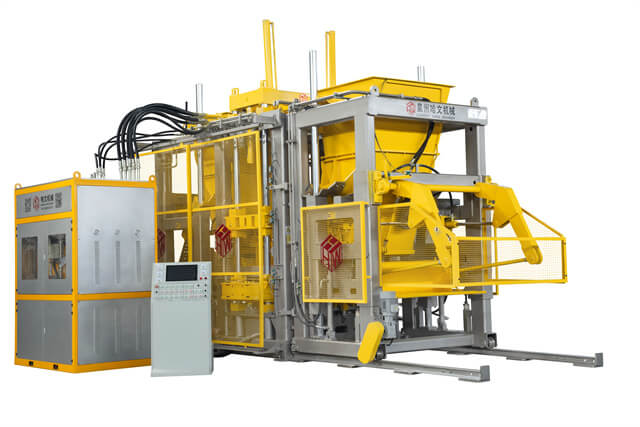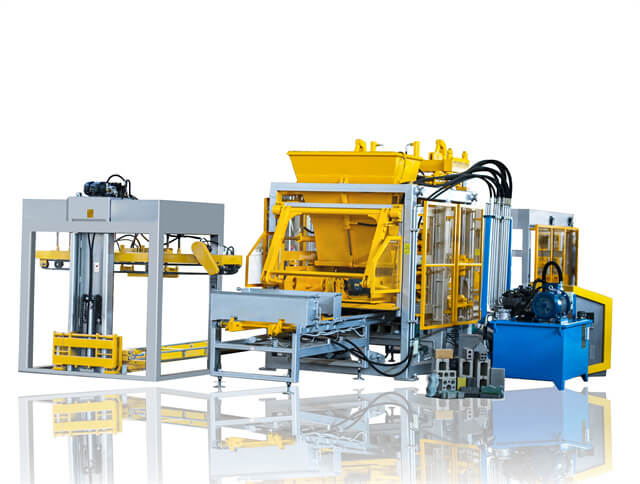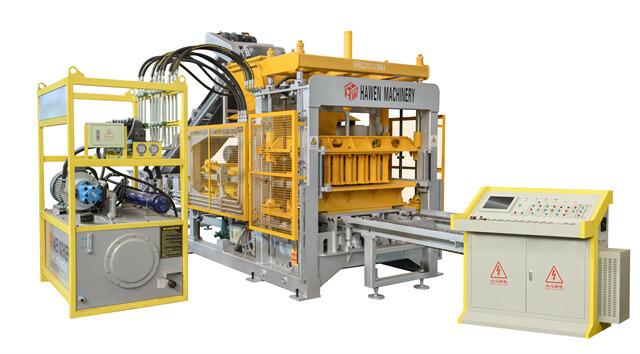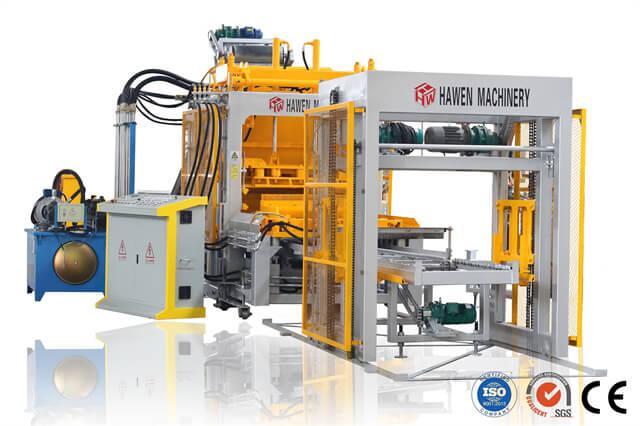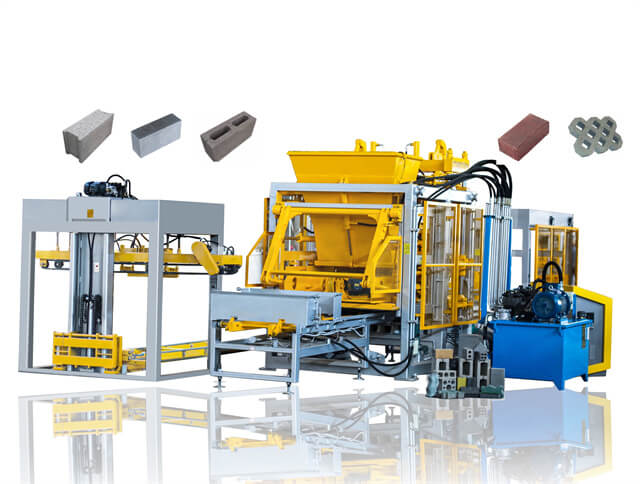Author:HAWEN Block MachineFROM:Brick Production Machine Manufacturer TIME:2024-04-29
Selecting, Operating, and Understanding AAC Block Machine
AAC (Autoclaved Aerated Concrete) blocks have gained popularity in the construction industry due to their lightweight, thermal insulation properties, and high durability. To manufacture AAC blocks efficiently, it is essential to have a well-designed and properly operated AAC block machine. This article aims to provide an overview of the selection, operation, and understanding of AAC block machines.
To ensure optimal performance and productivity, selecting the right AAC block machine is crucial. Consider factors such as production capacity, automation level, energy efficiency, and cost-effectiveness. Assess the reputation and reliability of manufacturers, and compare specifications and features to make an informed decision.
Before operating the AAC block machine, it is essential to understand the manufacturing process. AAC blocks are made from a mixture of fly ash or sand, cement, lime, water, and an expanding agent. This mixture undergoes a chemical reaction when exposed to steam and heat inside an autoclave, resulting in the formation of lightweight and porous blocks.
.jpg)
Proper machine setup and regular maintenance are critical for smooth operation and extended machine lifespan. Follow the manufacturer's guidelines for installation, calibration, and maintenance procedures. Regularly inspect and clean the machine, lubricate moving parts, and replace worn-out components to ensure efficient operation.
Safety should be a top priority when operating an AAC block machine. Ensure that operators are well-trained and familiar with the machine's safety features and procedures. Provide appropriate personal protective equipment (PPE) to minimize the risk of accidents. Regularly check safety devices and emergency stop buttons, and conduct periodic safety audits.
To maximize production efficiency, it is essential to optimize various aspects of the process. This includes optimizing the raw material mixture, ensuring accurate dosing and mixing, maintaining consistent steam pressure and temperature during curing, and implementing efficient handling and packaging techniques. Regularly monitor production parameters and make adjustments as necessary.

Quality control is crucial to ensure the production of high-quality AAC blocks. Implement a comprehensive quality control system that includes regular testing of raw materials, in-process inspections, and final product testing. Perform tests for compressive strength, density, thermal conductivity, and dimensional accuracy to ensure compliance with relevant standards.
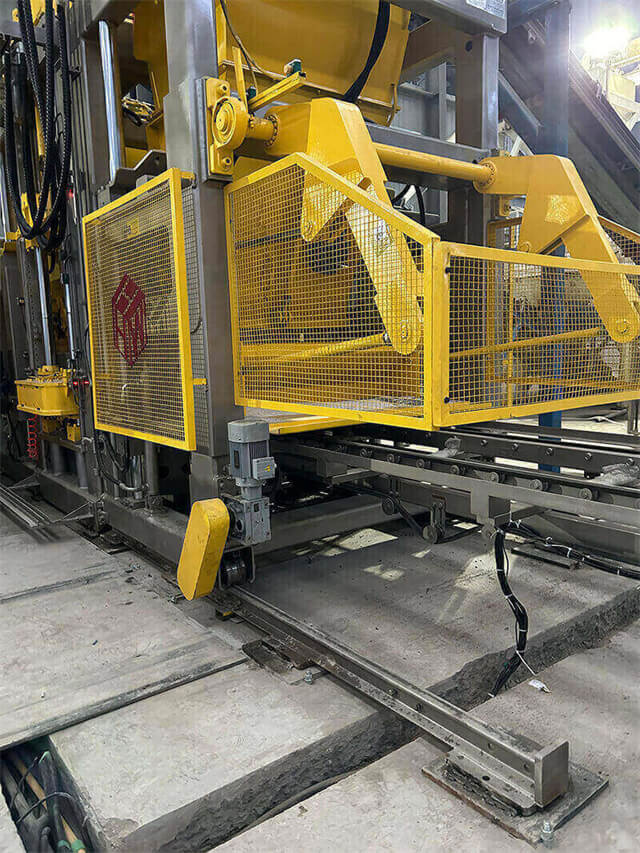
Even with proper maintenance, occasional issues may arise during operation. It is important to have a troubleshooting guide provided by the manufacturer to address common problems and perform basic repairs. Regularly train operators on troubleshooting techniques and establish a maintenance schedule to prevent major breakdowns.
To stay updated with the latest advancements in AAC block machine technology, it is crucial to engage in continuous learning and improvements. Attend industry conferences, participate in training programs, and collaborate with experts in the field to enhance knowledge and implement best practices. Regularly evaluate production processes and explore opportunities for innovation and efficiency improvement.
Selecting, operating, and understanding AAC block machines are essential for successful AAC block production. Choose the right machine, understand the manufacturing process, ensure safety measures, optimize production efficiency, implement quality control, troubleshoot and maintain regularly, and engage in continuous learning. With proper knowledge and practices, AAC block production can be efficient, cost-effective, and of high quality.
